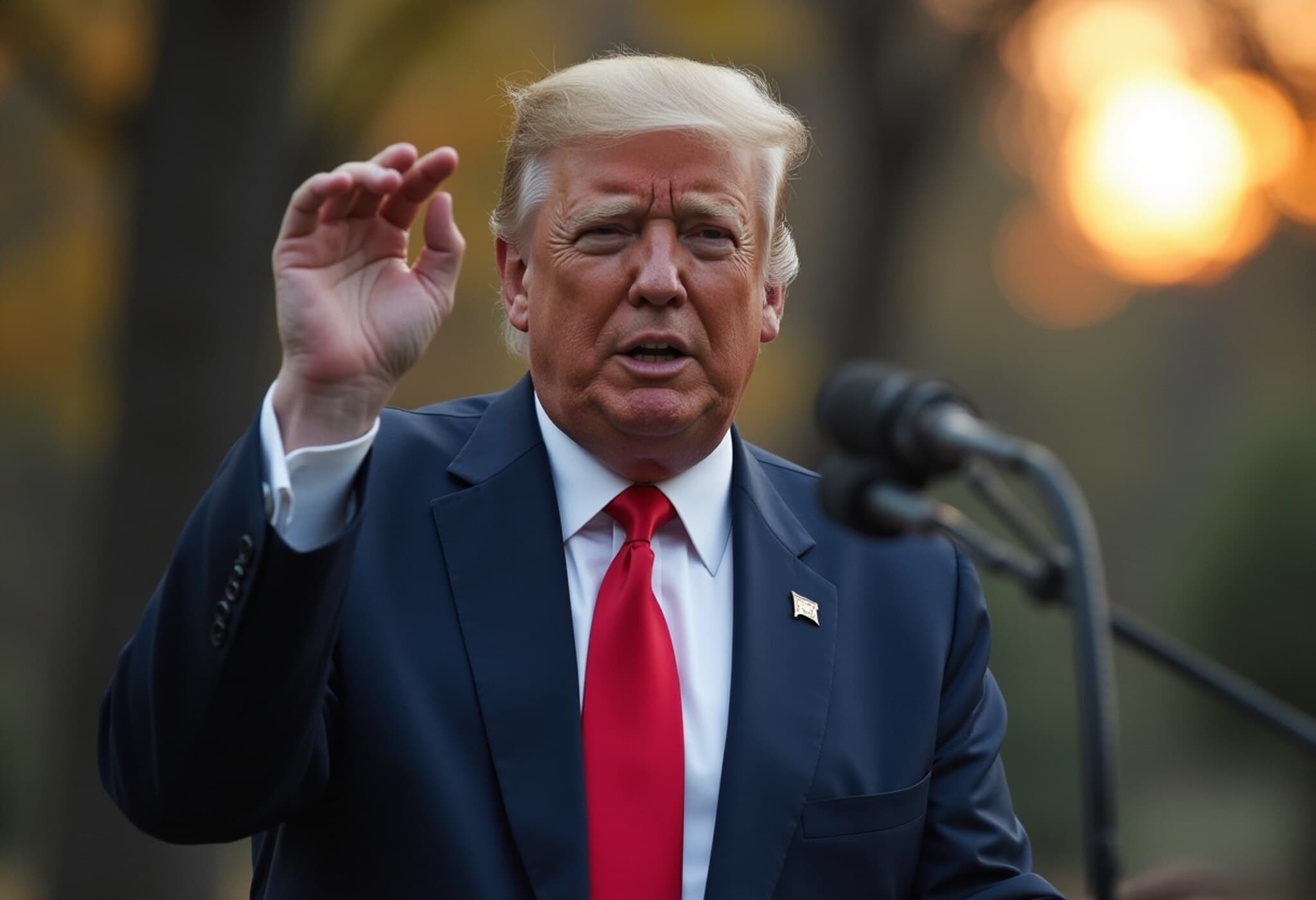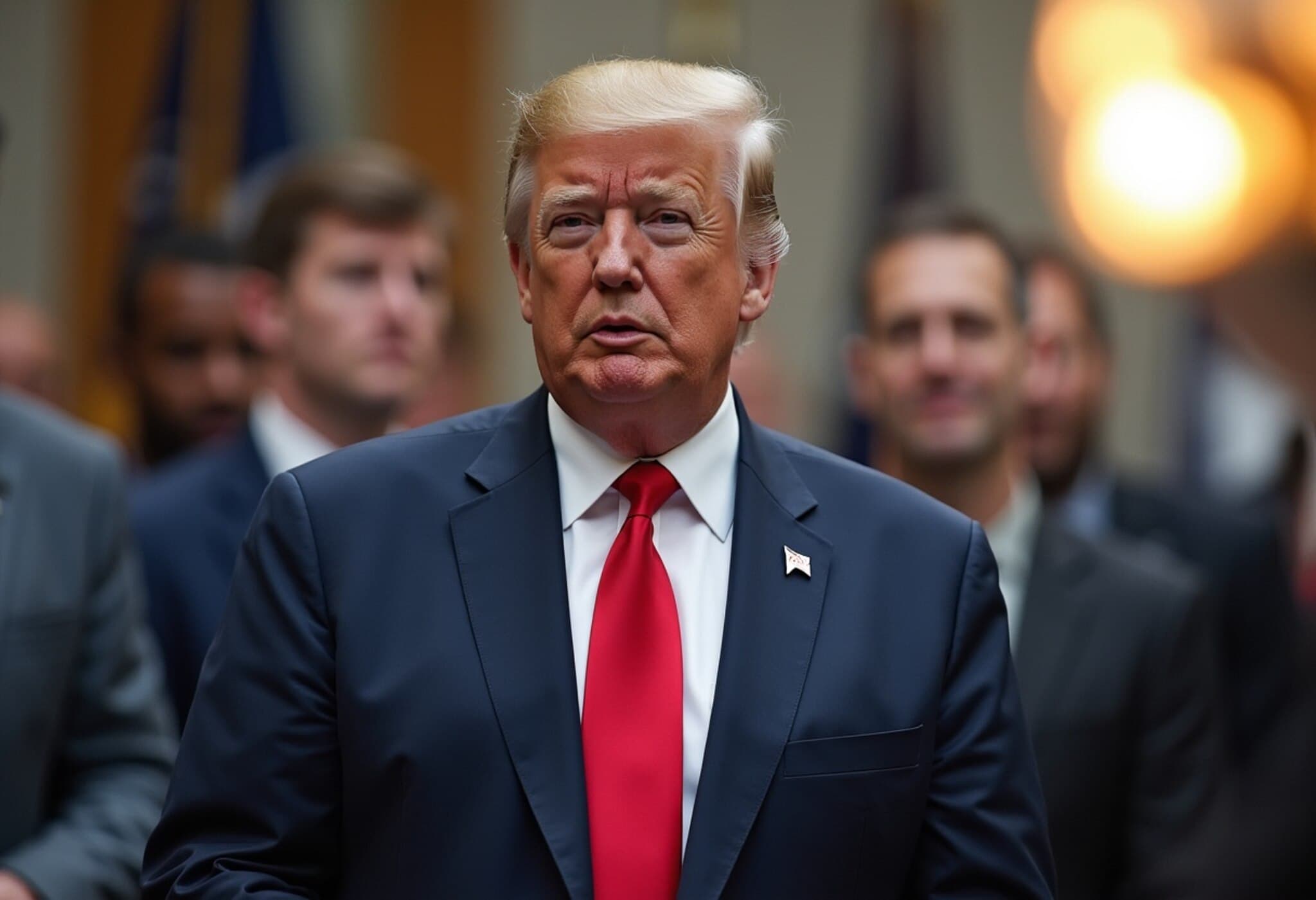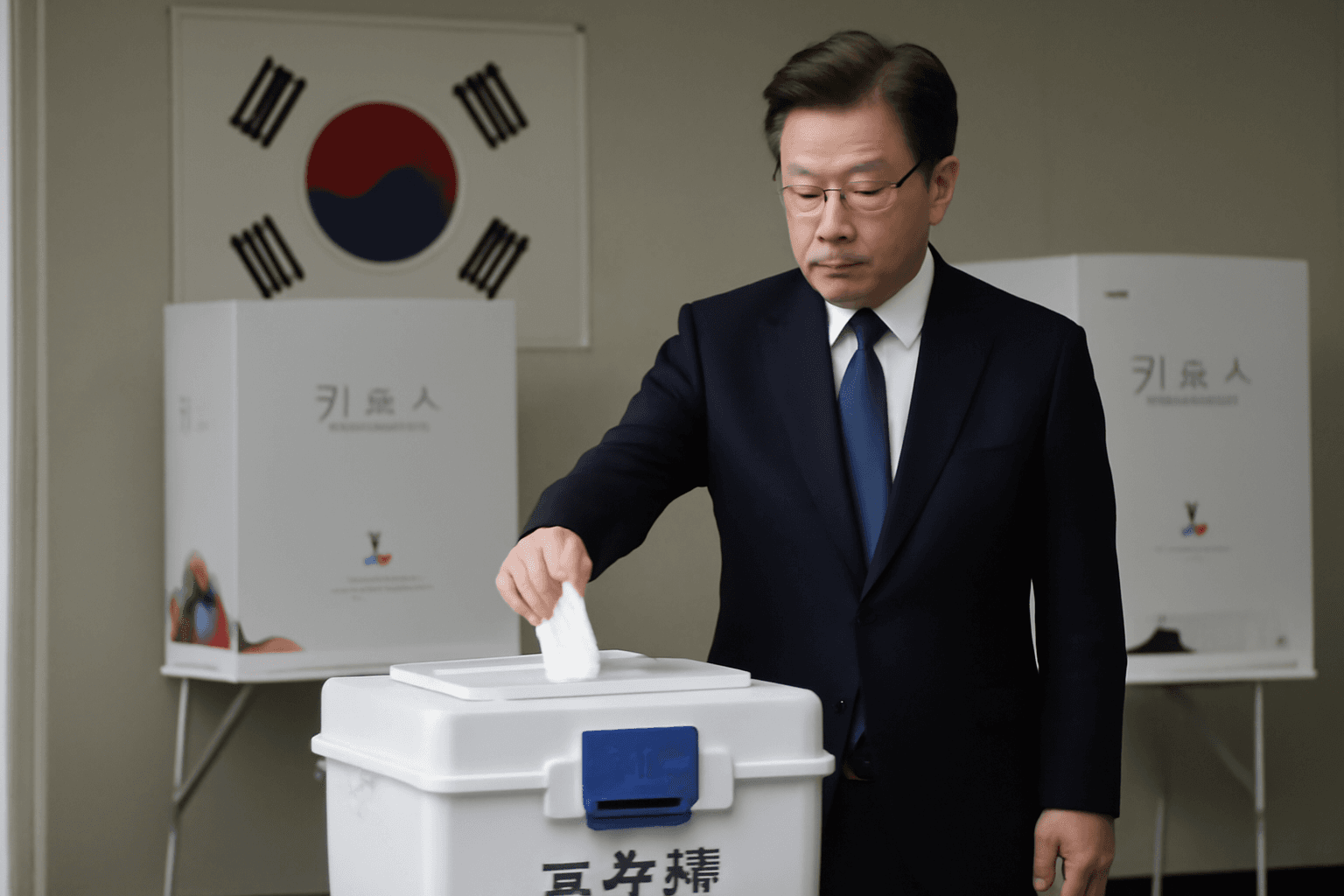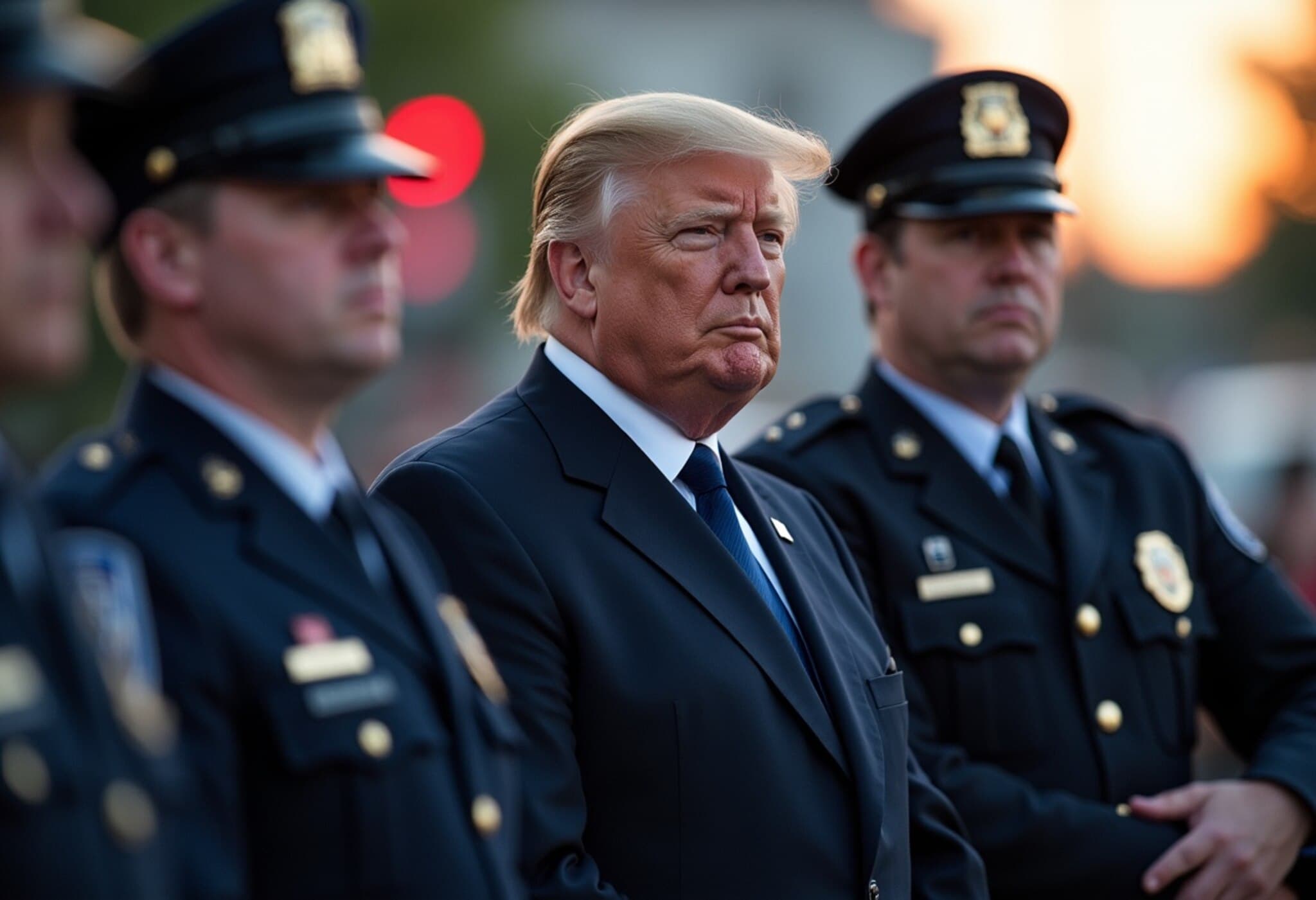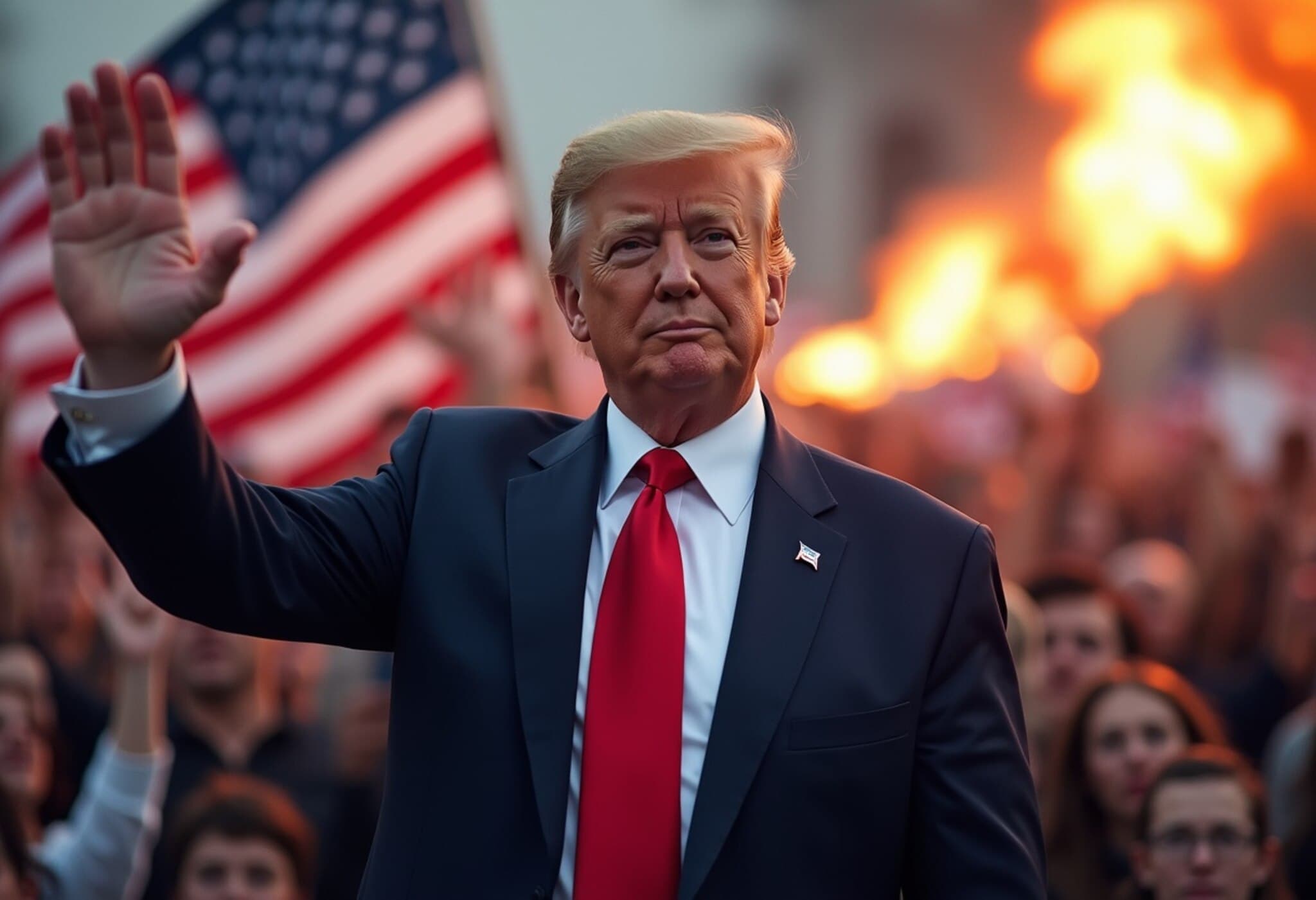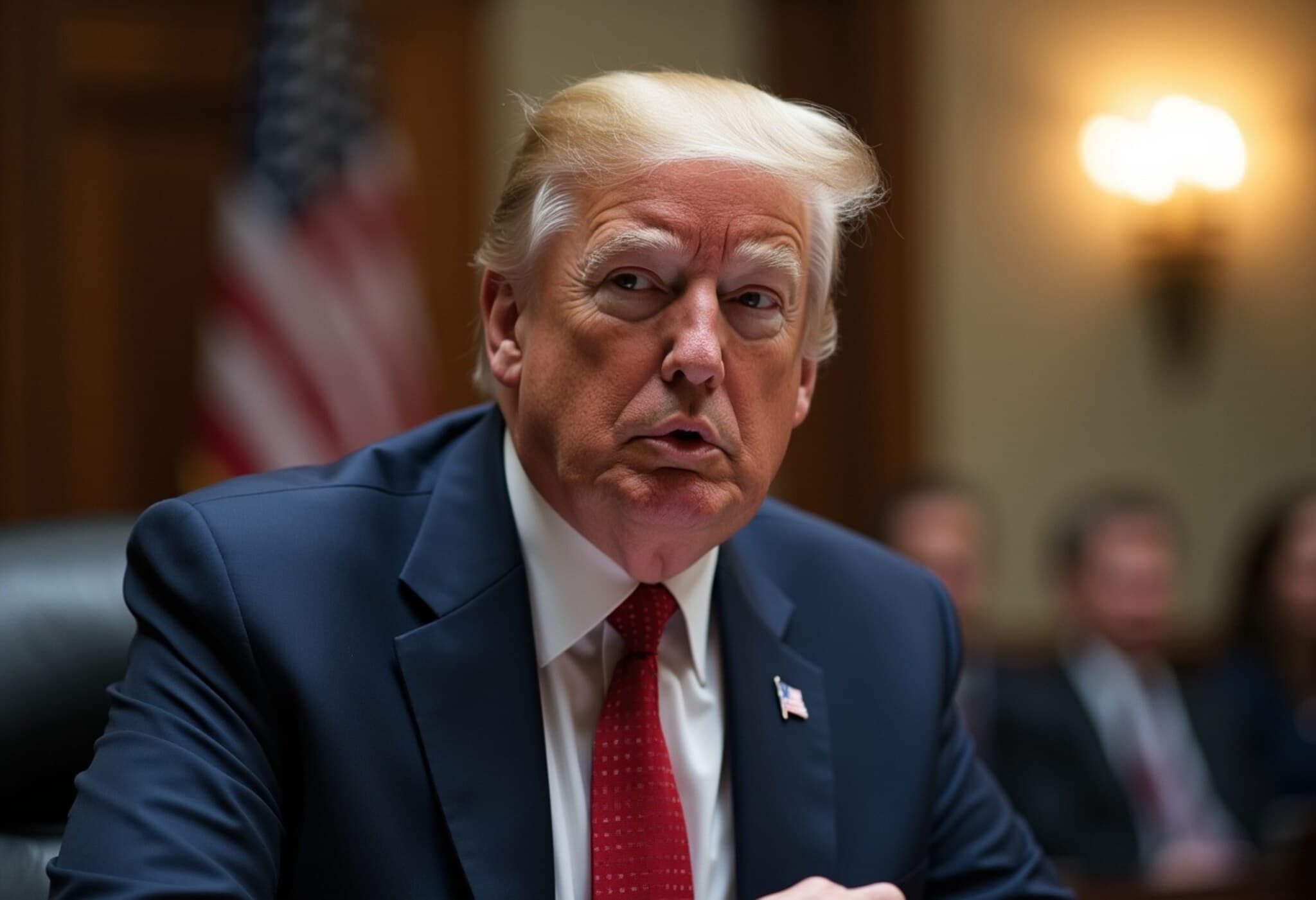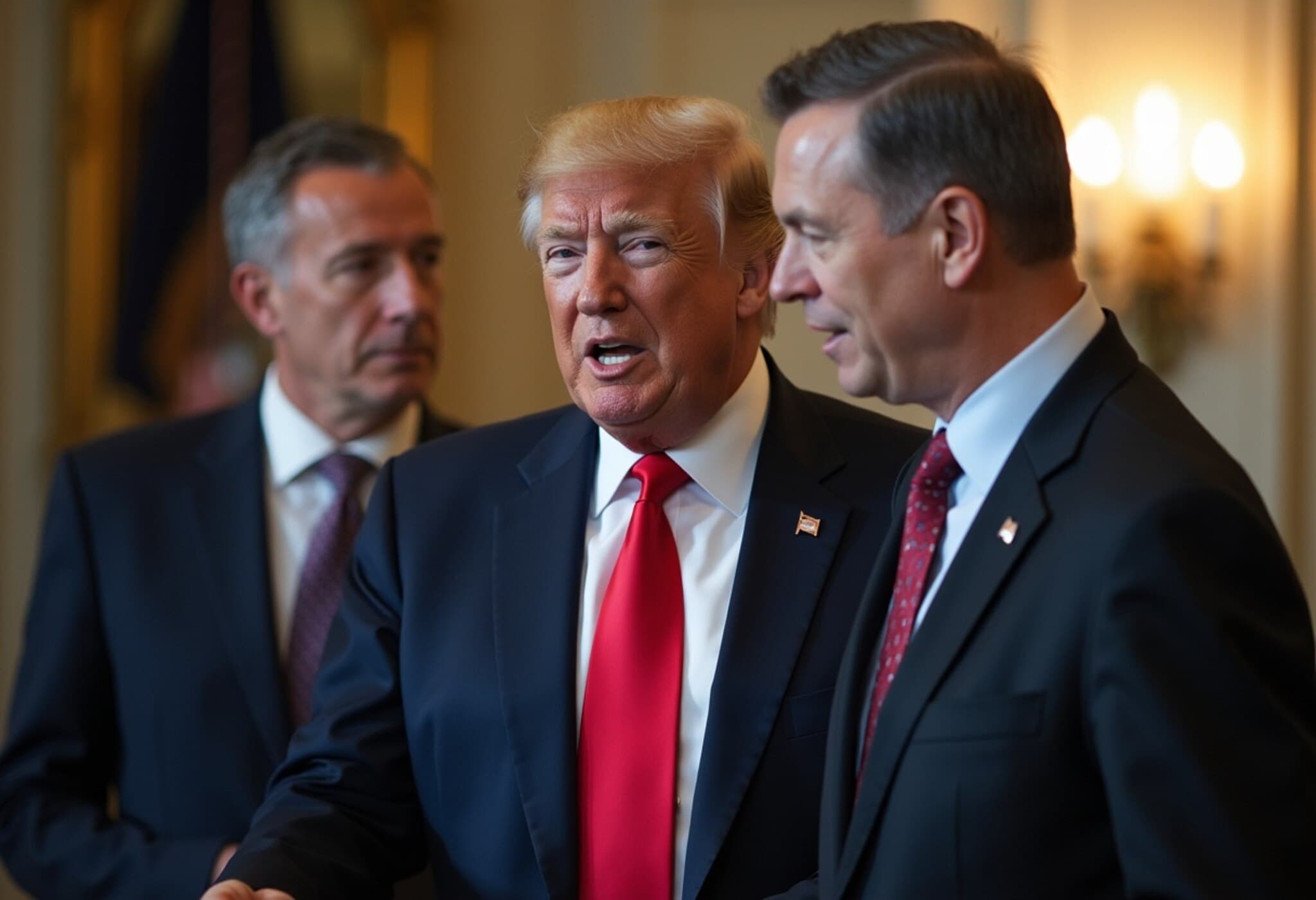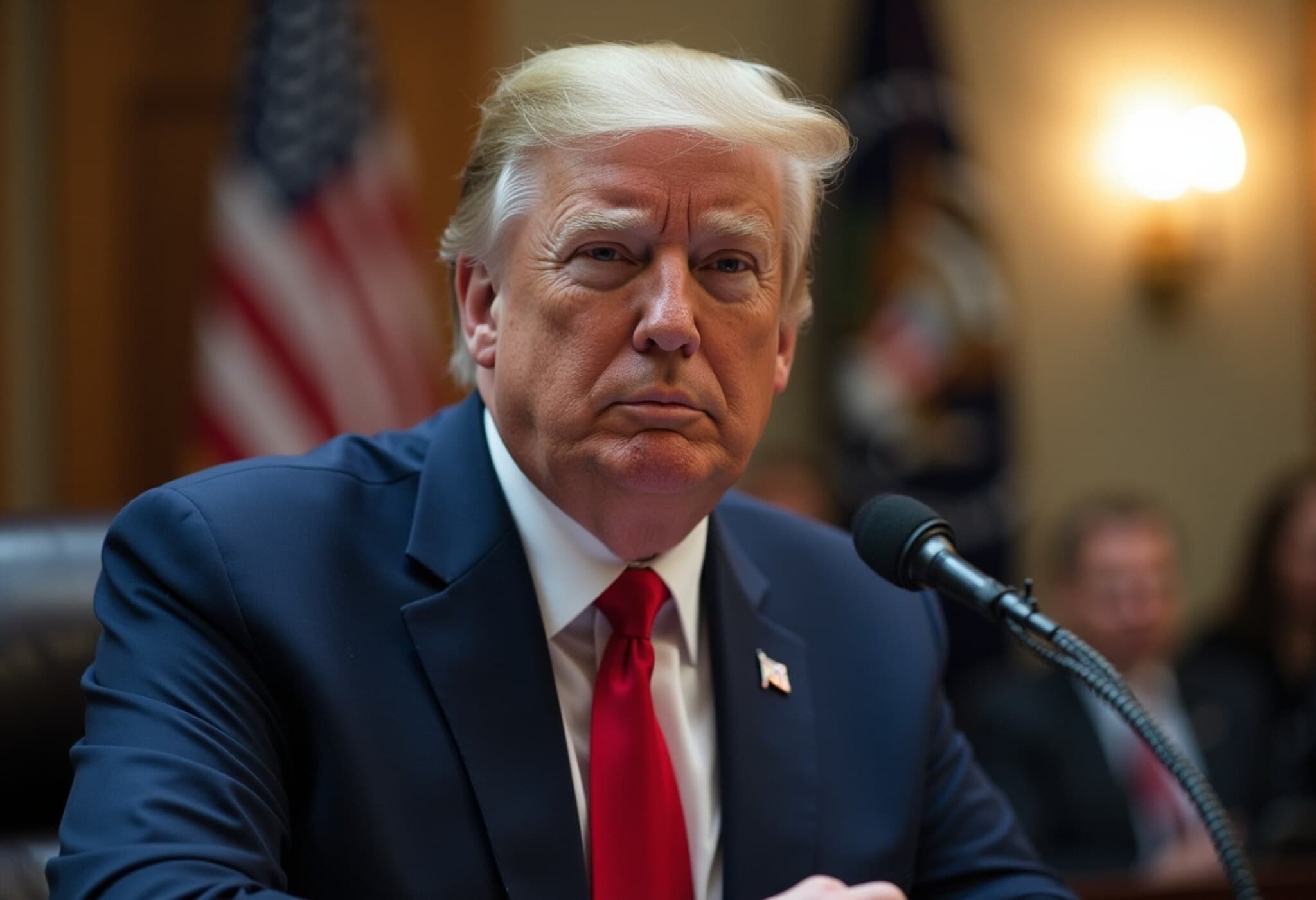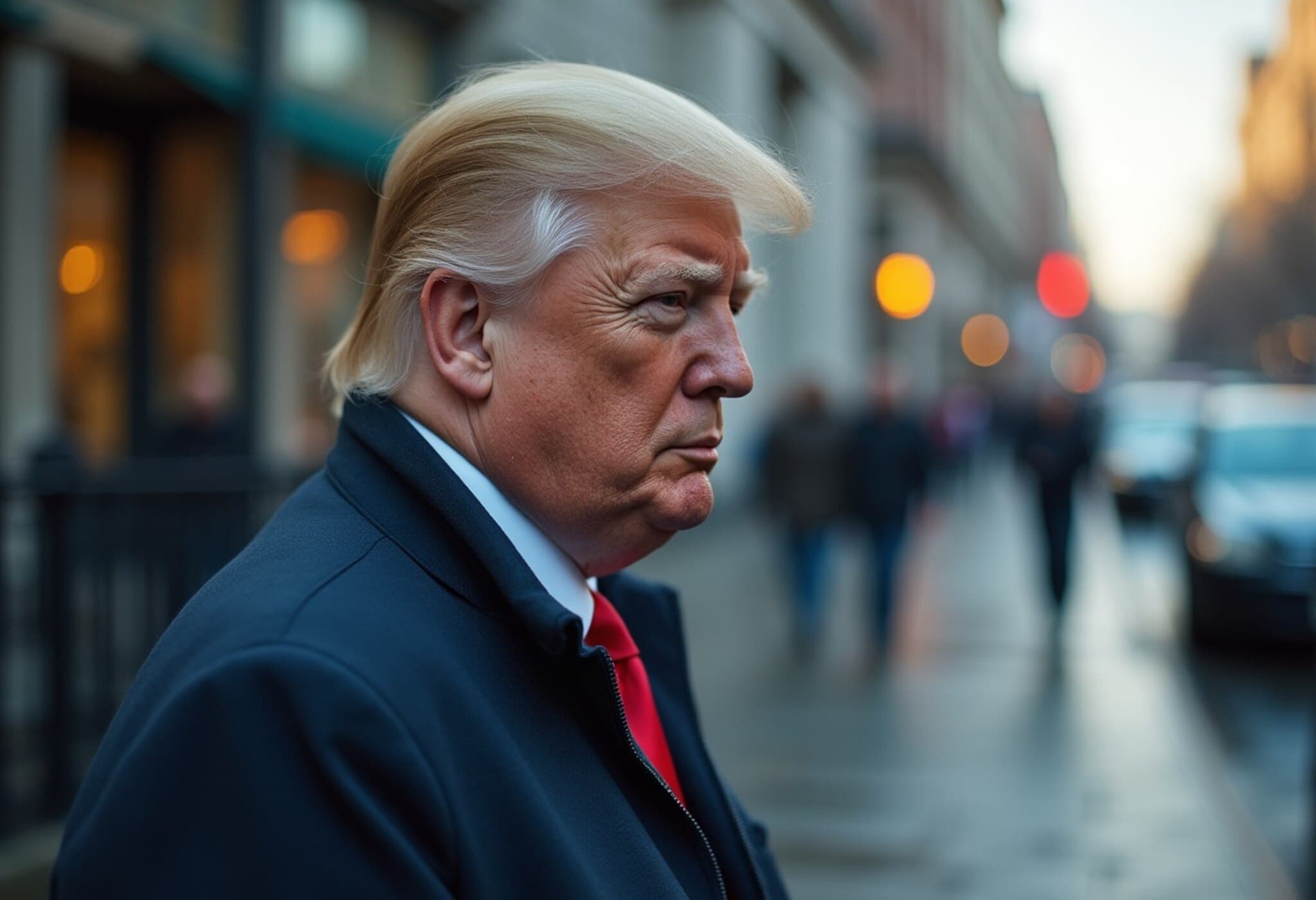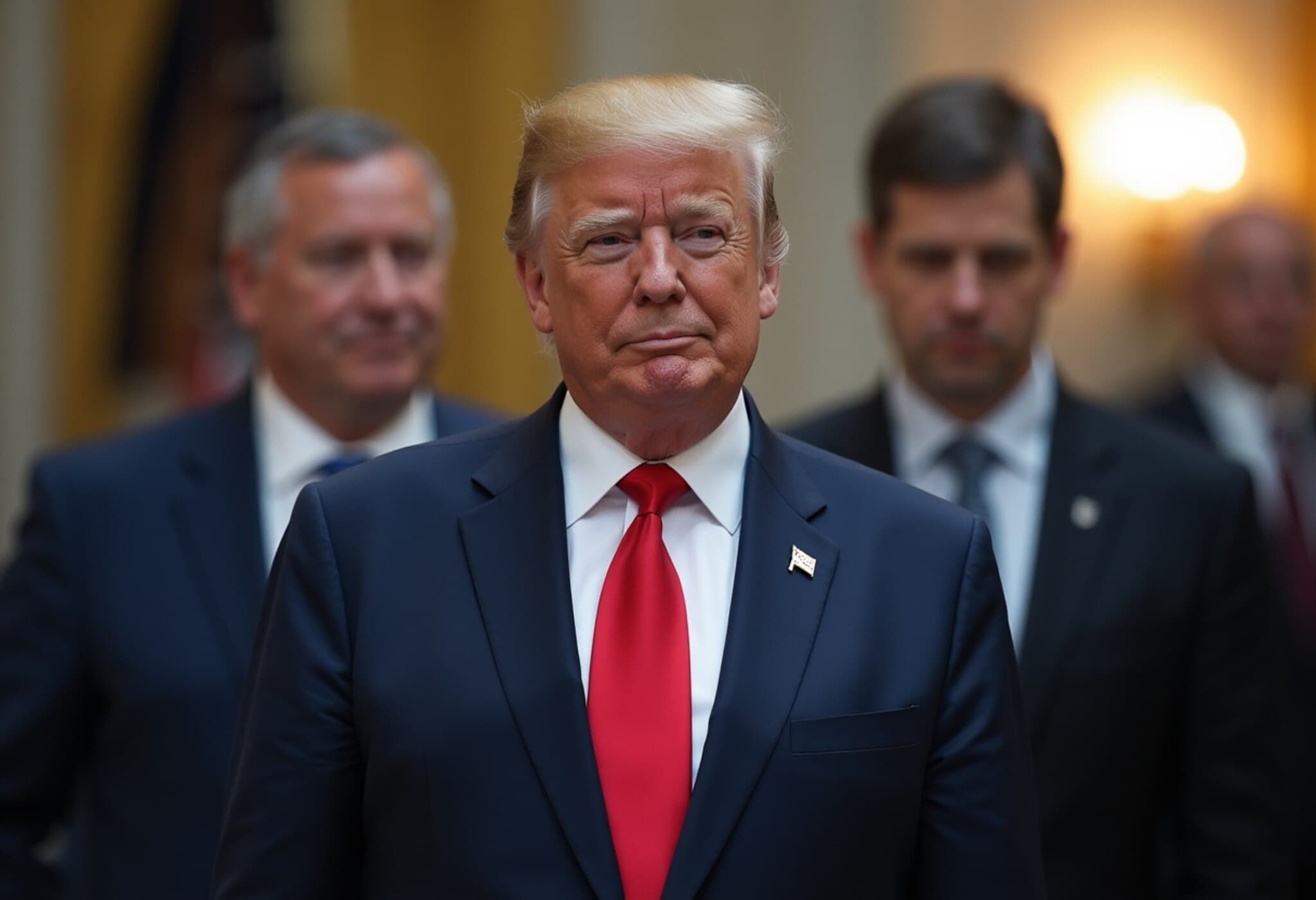Trump Announces Plan to Eliminate Mail-In Ballots and Voting Machines Ahead of 2026 Midterms
On August 18, 2025, former US President Donald Trump vowed to take decisive executive action aimed at overhauling the American electoral process by banning mail-in ballots and voting machines before the upcoming 2026 midterm elections. This announcement, posted emphatically on social media, signals a renewed push into the heart of the US election debate.
Details of Trump’s Proposed Executive Order
Trump’s statement described mail-in ballots and voting machines as “Highly ‘Inaccurate,’ Very Expensive, and Seriously Controversial.” He declared his intention to lead a nationwide movement to discontinue their use, framing these reforms as essential to safeguarding election integrity and the country’s democratic future.
Though Trump’s claims reflect longstanding skepticism about voting machines and postal ballots, experts and election officials across the political spectrum have repeatedly affirmed the reliability and security of these voting methods.
Legal Hurdles and State Autonomy in Elections
The United States' decentralized electoral system complicates any such federal attempt to mandate voting procedures. Each of the 50 states independently administers elections, deciding how votes are collected and counted.
Trump’s assertion that states serve merely as agents of the federal government in election administration is widely contested and could face significant constitutional challenges. Historically, the states have substantial authority under the Constitution to regulate their own elections.
Historical and Current Use of Mail-In Voting
Mail-in ballots surged in popularity and usage during the COVID-19 pandemic, hitting record levels in the 2020 elections to promote safe, accessible voting. While their use dipped somewhat in the 2024 general election, about 30% of voters still utilized mail ballots according to the U.S. Election Assistance Commission.
Interestingly, several Republican-led states like Florida have embraced mail-in voting as a convenient and secure option to increase voter participation. Even Trump himself has voted by mail in past elections and encouraged supporters to do so in 2024, adding complexity to his new hardline stance.
International Context and Misconceptions
One of Trump’s repeated claims is that the United States is unique in allowing mail-in ballots, which is not accurate. Over 30 democracies worldwide, including Canada, Germany, and South Korea, provide options for postal voting — often with safeguards and eligibility restrictions to secure the process.
The misinformation around mail-in voting feeds ongoing cultural and political divides regarding election integrity, which experts warn could further erode public trust if not addressed carefully.
Political Implications and Forward Look
This announcement follows a recent meeting between Trump and Russian President Vladimir Putin, where Trump stated the two leaders found common ground on opposing mail-in ballots, raising eyebrows about foreign perspectives influencing American election discourse.
Trump’s proposed executive order echoes his March 2025 directive, which was quickly halted by court rulings after Democrat-led states sued to protect existing voting protocols.
Given the constitutional barriers and strong state opposition, significant legal battles appear imminent if Trump seeks to implement these changes broadly.
Expert Commentary and Analysis
Election law experts suggest that any executive order attempting to ban mail-in voting or voting machines would likely exceed presidential authority, igniting protracted litigation and confusion nationwide.
From a policy perspective, eliminating mail-in ballots could disproportionately affect voters with disabilities, seniors, and those in rural or underserved areas who rely on absentee options for easier access.
Additionally, voting machines—while imperfect—offer speed and accuracy benefits critical to timely election results, and replacing them without consensus could jeopardize election administration.
Conclusion: Navigating Election Integrity and Voter Access
The debate around mail-in voting and election technology remains a flashpoint in American politics, balancing fears over fraud with the essential need for broad voter participation.
As Trump stokes this controversy again, the nation braces for not just the 2026 midterms but also ongoing dialogue about how democracy should function in a rapidly evolving political and technological landscape.
Editor’s Note
This developing story raises essential questions: How can election security be strengthened without limiting voter access? What role should federal versus state authorities play in regulating elections? And how do foreign influences shape domestic election debates? Observers should watch closely as legal battles and policy discussions unfold in the months ahead.

